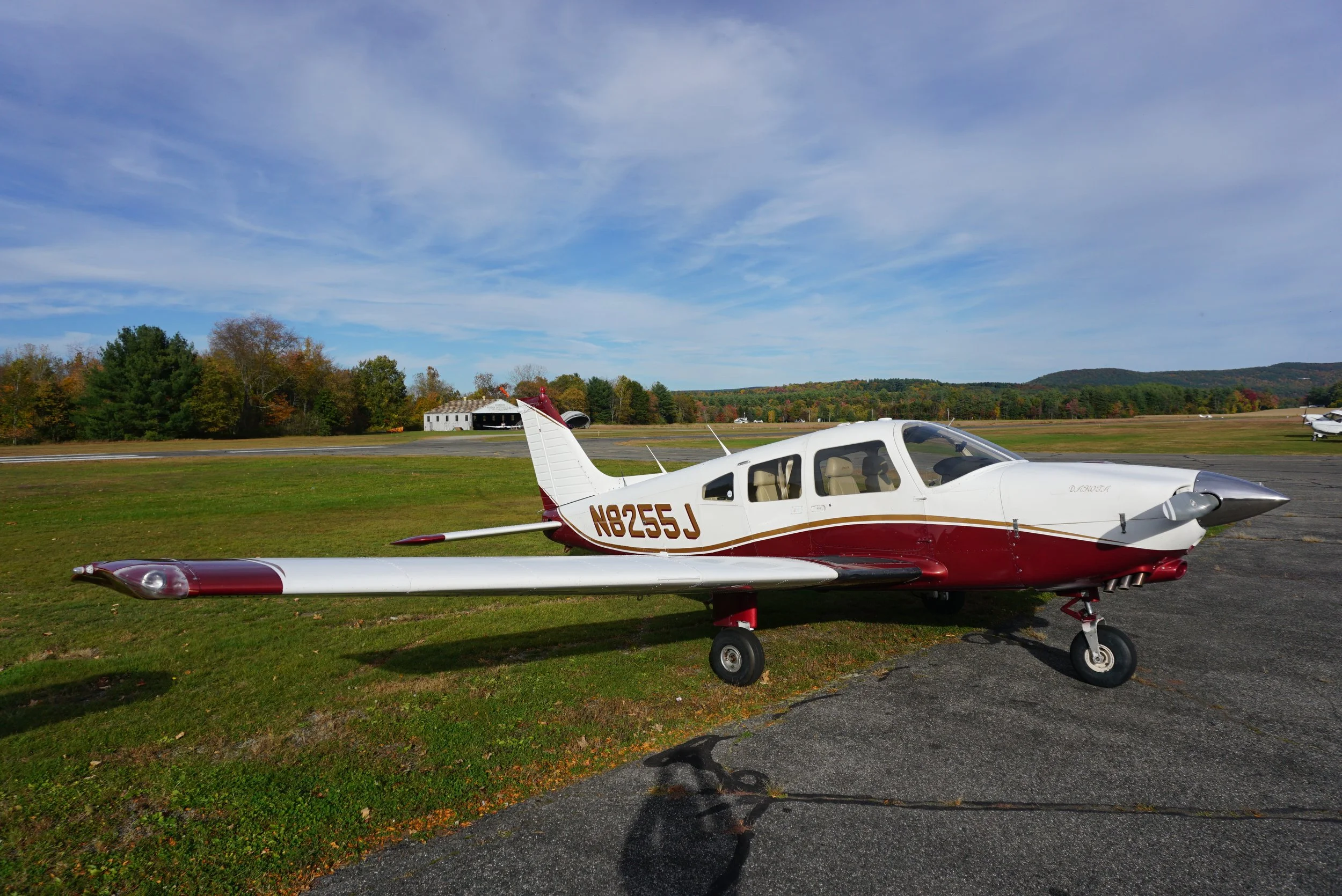Transition to Complex & High Performance Aircraft
Having a private pilot certificate opens up a world of flight and adventure. However there are some limitations. To fly faster and more advanced aircraft additional training is need. The complex and high performance endorsements are relatively easy to obtain, yet affords a pilot the ability to fly a wider range of aircraft. And it’s a lot of fun.
A high performance is an aircraft with an engine producing more than 200 horsepower.
A complex aircraft is defined as any aircraft that possesses:
flaps
retractable landing gear
constant speed propeller(s)
Unlike other certificates and ratings, all that is needed is a one-time endorsement for the complex and high performance. Some aircraft are both high performance and complex and require both endorsements to operate.
Complex Endorsement
The complex endorsement is done in our Piper Arrow III. The Piper Arrow is a true four-place airplane with retractable landing gear, a constant speed propeller and flaps. With a Lycoming IO-360 engine of 200 hp it cruises at ~130 knots Equipped with a GNS430 (non-WAAS), it’s a great IFR/go-place airplane. Aircraft specs can be found here.
What to Expect
The complex endorsement is proficiency-based, meaning there is no minimum hour requirement to earn your endorsement. That said, most pilots will require a 5 - 10 hours to become proficient and comfortable in the airplane. Download a copy of the syllabus here: Complex Endorsement.
Earning your complex endorsement will include the following flight and ground topics:
Pre and Post Flight
Cockpit Familiarization
Start-Up/Taxi/Run-Up
Take off, climb, cruise and descent power management and manifold pressure settings
Short-field Take-off & Landings
Steep Turns
Slow Flight & Stalls (Power On, Off and Accelerated)
Go-Arounds
Descent and approach planning
Power off approaches
Propeller Governor Failures/Overspeed
Manual gear extension
Recovery from unusual attitudes
Approaches, holds and tracking of nav signals (if IFR rated)
Airplane POH Review (Limitations & Performance)
Complex Airplane Systems (Powerplant, Fuel System, Propeller, Landing Gear, Environmental, Electric Trim, Engine Cooling Systems)
Avionics (Garmin 430 (VFR/IFR))
High Performance Endorsement
The high performance endorsement is done in our Piper Dakota. The Dakota is a four-place, fixed landing gear plane with a Lycoming O-540 engine of 235 hp. It is equipped with a GNS 530W (WAAS), GNS430W and an S-Tec 55 autopilot that is fully IFR-capable, with nav and glide slope intercepts that make it ideal for approaches. Aircraft specs can be found here.
What to Expect
The high performance endorsement is proficiency-based, meaning there is no minimum hour requirement to earn your endorsement. That said, most pilots will require a 5 - 10 hours to become proficient and comfortable in the airplane. Download a copy of the syllabus here: High Performance Endorsement.
Earning your high performance endorsement will include the following flight and ground topics:
Pre and Post Flight
Cockpit Familiarization
Start-Up/Taxi/Run-Up
Take off, climb, cruise and descent power management and manifold pressure settings
Short-field Take-off & Landings
Steep Turns
Slow Flight & Stalls (Power On, Off and Accelerated)
Go-Arounds
Descent and approach planning
Power off approaches
Propeller Governor Failures/Overspeed
Recovery from unusual attitudes
Approaches, holds and tracking of nav signals (if IFR rated)
Airplane POH Review (Limitations & Performance)
High Performance Airplane Systems (Powerplant, Fuel System, Propeller, Environmental, Electric Trim, Engine Cooling Systems)
Avionics (Garmin 530 & 430 (VFR/IFR))
Autopilot (S-Tec 55)
InSight Engine Monitor
Recommended Resources
To supplement your training, we recommend reading Chapter 12: Transition to Complex Airplanes in the Airplane Flying Handbook (FAA-H-8083-3C)
AVweb’s John Deakin has two great articles on manifold pressure and propellers.
Pelican’s Perch #15: Manifold Pressure Sucks!
If you fly behind a piston engine with a controllable-pitch propeller, the manifold pressure gauge plays an important part in the power settings you use. Few pilots, however, have any real understanding of what the instrument actually measures or what its readings truly signify. Pelican to the rescue! Read this column by AVweb's John Deakin and you'll be able to teach your CFI and A&P a thing or three about MP.
Pelican’s Perch #16: Those Marvelous Props
In this month's column AVweb's John Deakin moves from the black knobs (MP) to the blue ones (RPM). He starts with a history lesson about how we got from windmills to fixed-pitch propellers, adjustable and controllable ones, and ultimately to constant-speed props. John then explains how they work, why they work the way they do, and how you can tell if they're working the way they're supposed to. He even answers that age-old conundrum: how many times should you cycle the prop at runup?


